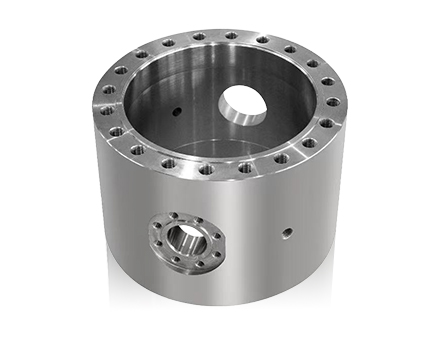Fire-safe valve components play a vital role in ensuring operational integrity and preventing catastrophic failures in environments exposed to high temperatures or potential fire hazards. Among these components, the ball valve adapter, flow control ball valve, and stem ball valve are key elements that contribute to fire safety in industrial and commercial applications.

Understanding Fire-Safe Valve Components
Fire-safe valves are designed to maintain their sealing and functional integrity during and after exposure to fire. The materials and design features of these valves help prevent leakage of hazardous fluids, which can escalate a fire or cause environmental damage. In many regulated industries, such as oil and gas, chemical processing, and power generation, fire-safe valves are often a mandatory safety requirement.
Role of Ball Valve Adapter in Fire-Safe Systems
The ball valve adapter is an essential part of a valve assembly that facilitates the connection between the valve body and the pipeline or actuator. In fire-safe applications, these adapters are manufactured from materials that can withstand high temperatures and maintain mechanical strength during fire exposure.
Typically made of stainless steel or other fire-resistant alloys, the ball valve adapter ensures a secure and leak-proof connection under normal operation and in bad conditions. Its precise engineering reduces the risk of joint failure, which is critical for containing hazardous fluids.
In addition, these adapters are often designed to comply with industry fire safety standards, which dictate specific material properties and dimensional tolerances. Proper selection and installation of ball valve adapters contribute significantly to the overall fire resistance of the valve assembly.
Flow Control Ball Valve: Managing Fluid Dynamics Safely
A flow control ball valve offers the ability to regulate fluid flow precisely within a system, which is particularly important in critical operations where changes in pressure or flow rates must be managed safely.
In fire-safe systems, flow control ball valves are equipped with seats and seals made from materials capable of withstanding fire exposure without degrading. This ensures that the valve maintains its ability to isolate or throttle fluid even after exposure to high temperatures.
Moreover, the spherical design of the ball valve allows for tight shutoff, reducing the risk of leakage during fire events. This characteristic is essential in preventing the release of flammable or toxic substances that could exacerbate fire hazards.
Flow control ball valves are also favored for their ability to provide quick and reliable operation, which is often necessary during emergency shutdowns or safety interventions.
Stem Ball Valve: Enhancing Fire Resistance Through Design
The stem ball valve component plays a crucial role in the operation of ball valves. The stem connects the actuator or handle to the ball inside the valve body, allowing rotational movement to open or close the valve.
In fire-safe valve assemblies, the stem design is optimized to resist deformation and maintain sealing performance during and after fire exposure. This is often achieved through the use of fire-resistant packing materials and stems made from alloys with high thermal stability.
Furthermore, fire-safe stem ball valves incorporate features such as graphite packing or metallic seals that can withstand elevated temperatures without losing integrity. These design choices prevent leakage paths along the stem, which is a common vulnerability in standard valve designs during fire incidents.
Proper maintenance and inspection of stem ball valves are necessary to ensure they continue to meet fire safety requirements throughout their service life.
Applications of Fire-Safe Valve Components
Fire-safe valve components, including ball valve adapters, flow control ball valves, and stem ball valves, are widely used in industries where fire risk is inherent. Common sectors include:
Oil and Gas: Fire-safe valves are critical in controlling the flow of hydrocarbons and preventing leaks during fire emergencies.
Chemical Processing: Handling corrosive and flammable chemicals requires valves that can maintain safety even under severe thermal stress.
Power Generation: Valves in boilers, turbines, and fuel lines must comply with fire safety standards to protect personnel and equipment.
Marine and Offshore: Fire-safe valves help manage safety in confined and hazardous environments on vessels and offshore platforms.
Selecting appropriate fire-safe valve components such as ball valve adapters, flow control ball valves, and stem ball valves is a key step in enhancing the safety and reliability of critical systems. These components are engineered to withstand fire exposure, maintain tight sealing, and ensure operational continuity under adverse conditions.
By understanding the function and design considerations of each component, engineers and maintenance professionals can make informed decisions that contribute to safer and more resilient industrial operations. Regular testing, certification, and maintenance of fire-safe valves further support their performance in protecting assets and lives in fire-prone environments.